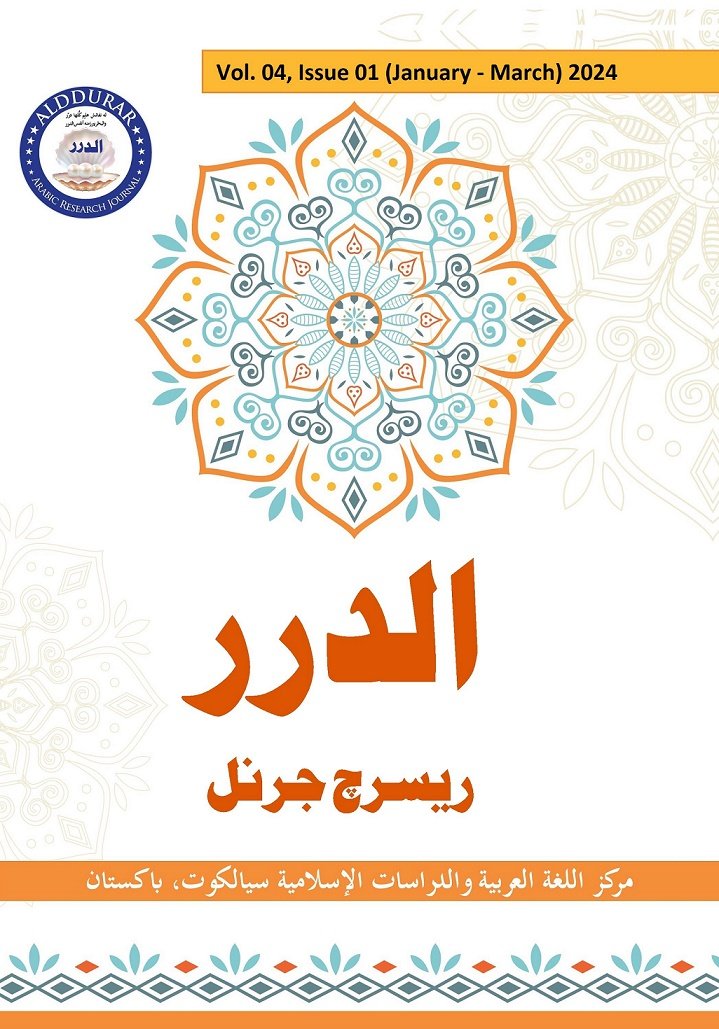دراسة مقارنة في كتب الأطراف: تحليل مناهج المزي وابن حجر
A comparative study of the Kutub al-Atrāf: An analysis of the approaches of Al-Mizzi and Ibn Hajar
Abstract
This research article explores the significance and methodology of Kutub al-Aṭrāf (Books of Hadith References), a specialized genre in the field of Hadith sciences. The study begins with an introduction to Kutub al-Aṭrāf, defining their purpose, structure, and role in facilitating the study of Hadith. It highlights early contributions to this field, identifying the pioneers who first compiled such works.
Two major works are analyzed in detail: Tuhfat al-Ashraf bi Ma‘rifat al-Aṭrāf by Al-Mizzi and Itḥāf al-Maharah bi Aṭrāf al-‘Asharah by Ibn Hajar. The research provides an overview of these books, discussing their authors’ methodologies, unique features, and scholarly significance. Additionally, the study presents critical evaluations of Itḥāf al-Maharah, examining the critiques it has received from scholars.
Finally, a comparative analysis of both works is conducted, highlighting their similarities, differences, and contributions to the study of Hadith. The article aims to provide scholars and researchers of Hadith sciences with a clearer understanding of the role of Kutub al-Aṭrāf in preserving and referencing prophetic traditions.
Downloads
Published
Issue
Section
License
Copyright (c) 2024 AL-DURAR

This work is licensed under a Creative Commons Attribution 4.0 International License.










